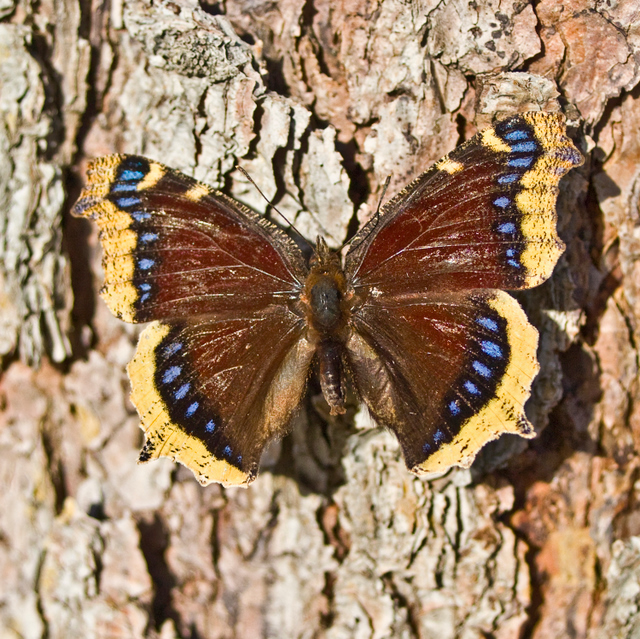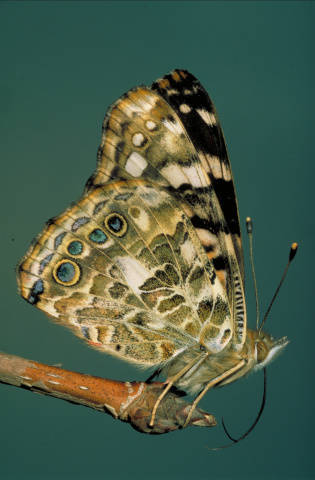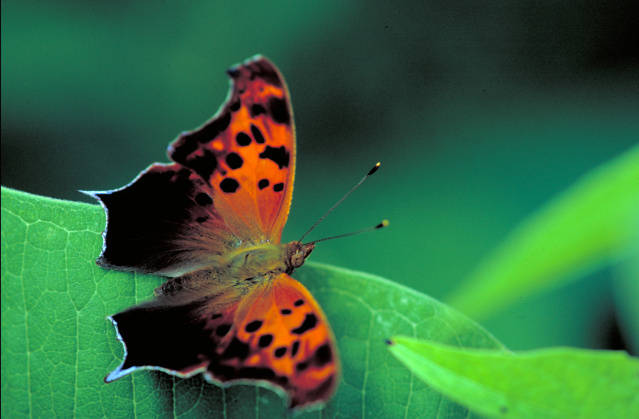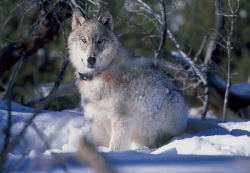
Photographer: William Campbell
US FWS
Hi, I’m Holly Strand from Stokes Nature Center in beautiful Logan Canyon.
This year’s Census is the 23rd national headcount in United States history.
Census results affect the allocation of all kinds of government financial and program resources. The Census also determines the distribution of seats in
the state and federal House of Representatives.
It is also important to know the number and whereabouts of different wildlife species. This information is used for a number of management purposes– for instance, monitoring the status of endangered species or determining hunting or fishing quotas.

Photographer: Claire Dobert
Courtesy US FWS
Counting wildlife isn’t as easy as counting people. You can’t mail
animals a survey with a self-addressed stamped envelope and you don’t necessarily know where to find them at any given point in time.
True censuses of animals are rare for in most cases a complete count is either too expensive or too difficult to undertake. Only animals conveniently and visibly grouped in a particular location can be censused– such as fish in a fish hatchery, or large animals along a certain migration route.
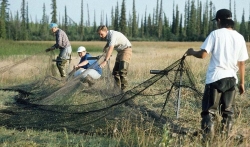
Courtesy US FWS
Instead, biologists define an area of interest, then sample at random locations within that area. Samples usually consist of a number of transects or randomly selected quadrants. Counts from these samples are then extrapolated to an entire habitat or study area.
Along with selecting a sampling method, you have to figure out how you are going to effectively count an individual occurrence. This can be extremely tricky. Especially if your animal is reclusive or nocturnal. According to Dr. Eric Gese, a specialist in predator ecology at Utah State University, biologists use tracks, scats, scratches, burrows, hair samples –even roadkill counts as proxies for individual animals.
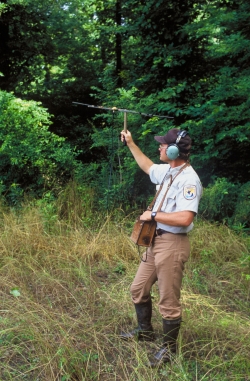
Photo by John & Karen Hollingsworth,
Courtesy US FWS
Capturing, marking and recapturing animals is one of the most reliable–albeit expensive– ways to do a direct count of animals. Captured animals are marked with ear tags, radio collars, dyes or even radioactive isotopes. In a future program I’ll describe an example of how one scientist tracks and counts large and elusive predators in the wild.
Thanks to Utah State University’s College of Natural Resources for supporting the development of this Wild About Utah topic.
For Wild About Utah and Stokes Nature Center, I’m Holly Strand.
Credits:
Images: Courtesy US FWS Digital Library
Text: Holly Strand, Stokes Nature Center
Sources & Additional Reading:
Gese, E. M. 2001. Monitoring of terrestrial carnivore populations. Pages 372–396 in J. L. Gittleman, S. M. Funk, D. Macdonald, and R. K. Wayne, editors., Carnivore conservation. Cambridge University, Cambridge, United Kingdom.
Video: Biologists track hibernating bears for research, KSL Broadcasting Salt Lake City UT, 27 March 2010, https://www.ksl.com/index.php?nid=647&sid=10166167
American Black Bear, Utah Division of Wildlife Resources, wildlife.utah.gov/publications/pdf/bearnew.pdf
(tracking) Black-footed Ferrets, Wildlife Review Utah Division of Wildlife Resources, wildlife.utah.gov/wr/0804ferrets/0804ferrets.pdf





